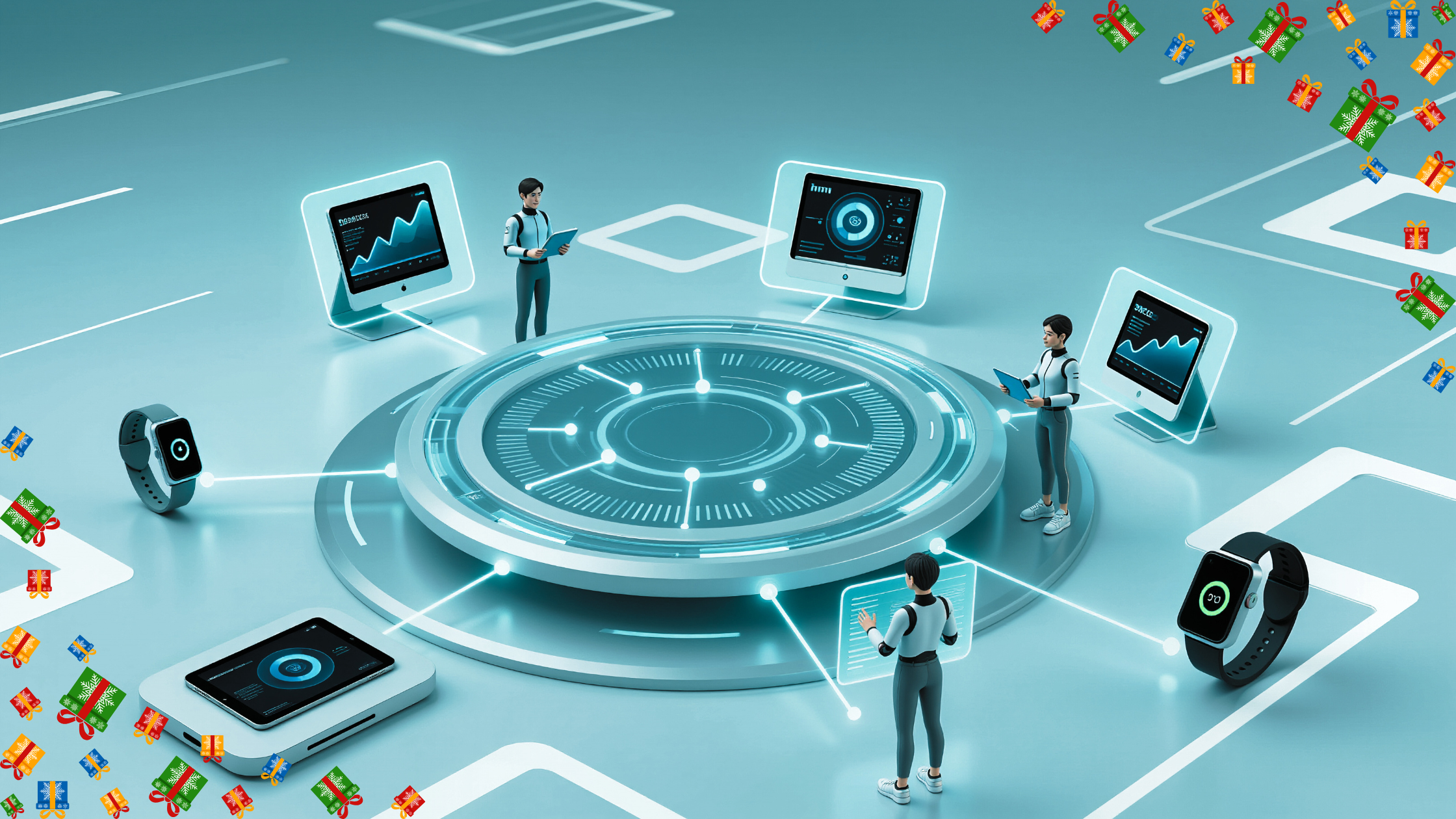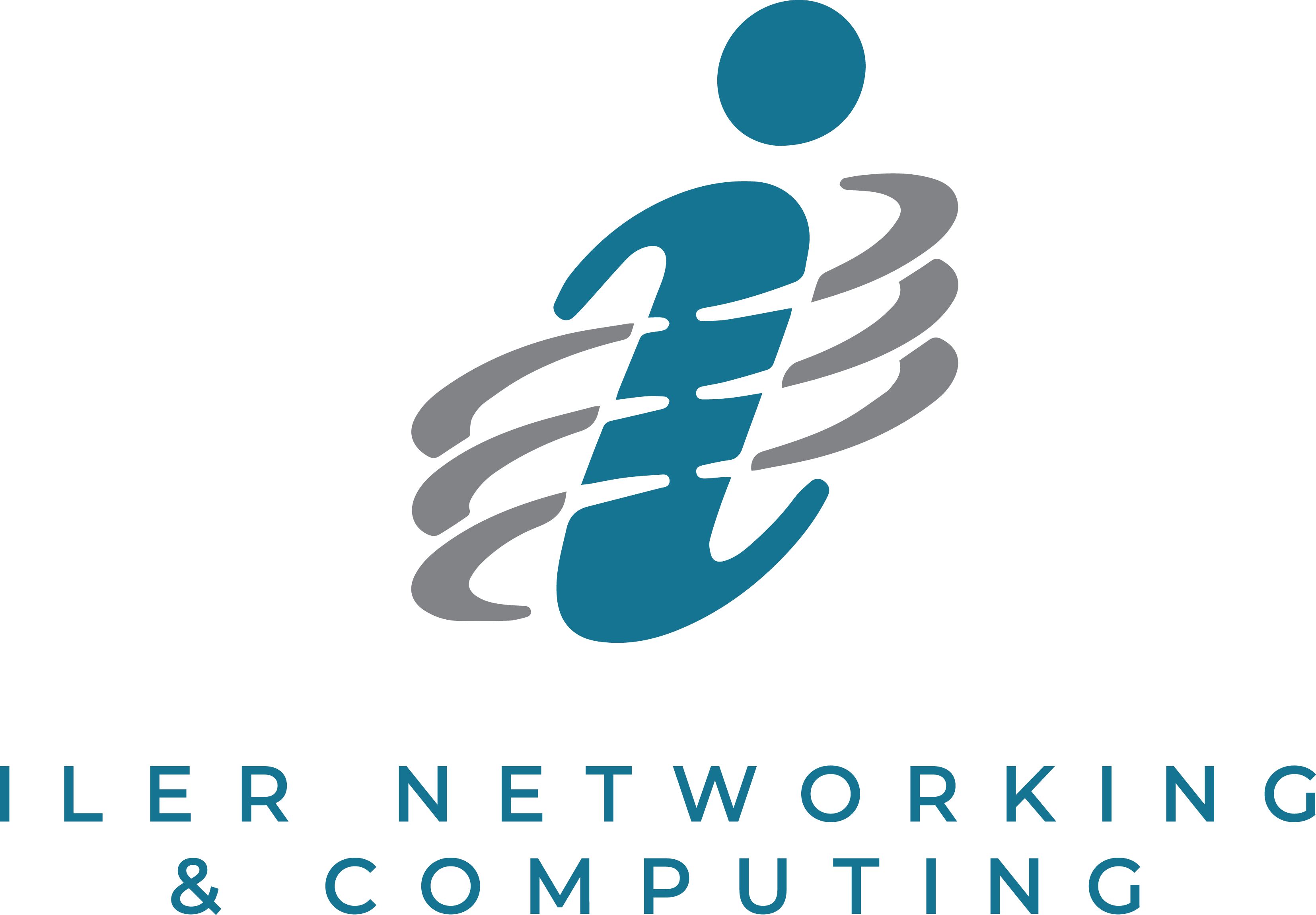Core i”X”
Intel CPUs tells you exactly which model that CPU is with the number directly following the “i”. On top of that, every model is linked directly to a level of performance.
Here is a brief explanation of the performance of each model:
A Core “i3” chip is on the lower end of performance spectrum. i3 processors are usually shipped with a lower clock speed (ghz), run cooler and are for more lightweight workstation purposes. A computer with an i3 processor is best suited for work involving Microsoft Office, browsing the internet and watching videos. However, if you plan on doing many things at once on your device, an i3 processor will not suffice. The i3 processors lack the Intel “hyper threading” technology which basically lets your device use its multiple cores to run different software all at the same time, efficiently.
A Core “i5” chip is on the mid-range of performance that’s suited for casual users on an average budget. Processors with an i5 designation are for people that need to save some on costs but want a boost in performance. Core i5 processors will generally outperform i3 processors in all aspects. The i5 processor comes with a decent clock speed, hyperthreading (some generations) and will exemplify a notable boost in performance over the i3 chip. If you’re on a relatively tight budget but you can afford to throw a little extra at your computer, the core i5 is an excellent choice.
A Core “i7” chip geared towards the computer enthusiast. If you want to run your browser while watching a YouTube video while on Spotify, work on your Excel spreadsheets and type your essay in Word all at the same time, the i7 is a great choice. You’ll be paying a pretty penny for it though. Some i7 processors even come with a “K” designation (i7 4790k) which means that the advanced user can overclock it. Overclocking is the act of going in to your computer’s BIOS and changing the actual speed of the processor. This, however, is best left to people that know what they’re doing. If you don’t have the knowledge to safely overclock, it’s best to go with a non “K” i7 processor. Locked processors (non “K”) are usually cheaper, at the cost of not being able to squeeze out that extra bit of performance.
A Core “i9” chip is the new number for what is cutting edge in performance and technology replacing the “i7” in intel’s hierarchy. First released by Intel midway through 2017, the first new addition to this list since the “i3” in 2010, this processor is for power hungry users with deep pockets. This CPU is going to be for users looking to do video editing and running resource heavy software on their PCs. If you’re made of money, accept nothing but the best and want to do everything, all the time, right now, the i9 9900k is your processor.
Core iX-X
This next number after the “iX” will what lets you know the generation of that model CPU. Intel’s 9th and latest generation of chips will always have a “9” preceding the rest of the designation number. The lower the number listed in this part of the name, as you probably have guessed, the older the generation/model. A general rule of thumb when buying a new computer is to avoid chips more than two generations older than the latest generation.
Core iX-X”###”
The three following numbers after the generation number represent performance. The higher the numbers, the more powerful the chip.
The performance boost mentioned here is a minor boost in your CPU’s ability to process data. To tell what that boost is and if it is worth it financially compare the clock speeds of the two CPUs. This speed will be a number followed by the measurement type shown as GHz, also known as gigahertz.
(GHz is the number of clock cycles—effectively, calculations—a processor completes in one second, in billions; referred to as a system’s clock speed)
Core iX-X### “letter”
Intel’s chips will sometimes have letters after the numbers that give you an idea of what kind of purpose and performance the computer is designed for.
The “K” chips are usually the best chips for power users and enthusiasts who want to overclock their PC. People who play video games and want the highest frame rate possible; video or high resolution image editing will usually go with an unlocked “K” processor.
The “G” means the chip has a built-in graphics processor. A vast majority of Intel’s chips come with in-built graphics, but Intel’s “G” processors have graphics that are much more powerful than the rest. While the integrated graphics on the “G” chips may be okay, a dedicated graphics card is always preferable.
The “U” means the chip is designed for laptops and mobile devices, as “U” chips are Intel’s “ultra-low power” models. They will use the lowest power and clock speeds of any CPU Intel sells. By having slower clock speeds, they don’t get as hot and have a lower risk of heat-related damage. That’s good for thin laptops that do not cool as well as a full sized PC.
You can find more information about Intel’s Chip letters on Intel’s website.
Core Count
This is not shown in the name, but always check the core count of the processor you want. Cores make a big difference. The more cores you have, the faster your computer will run. Chips with only two cores are likely to be noticeably slower than a PC with eight.
Our Services
Iler Networking & Computing can get you great deals on enterprise quality machines that fit your budget. We are here to walk with you through all phases: purchase, setup, and maintenance. By walking with you step by step through the whole process we endeavor to help you detect problems early, as well as, confirm it has the proper resources for your needs. Call us at 440-322-ILER (4537) or contact us here on our website to learn more about how we can help you with your IT needs.






